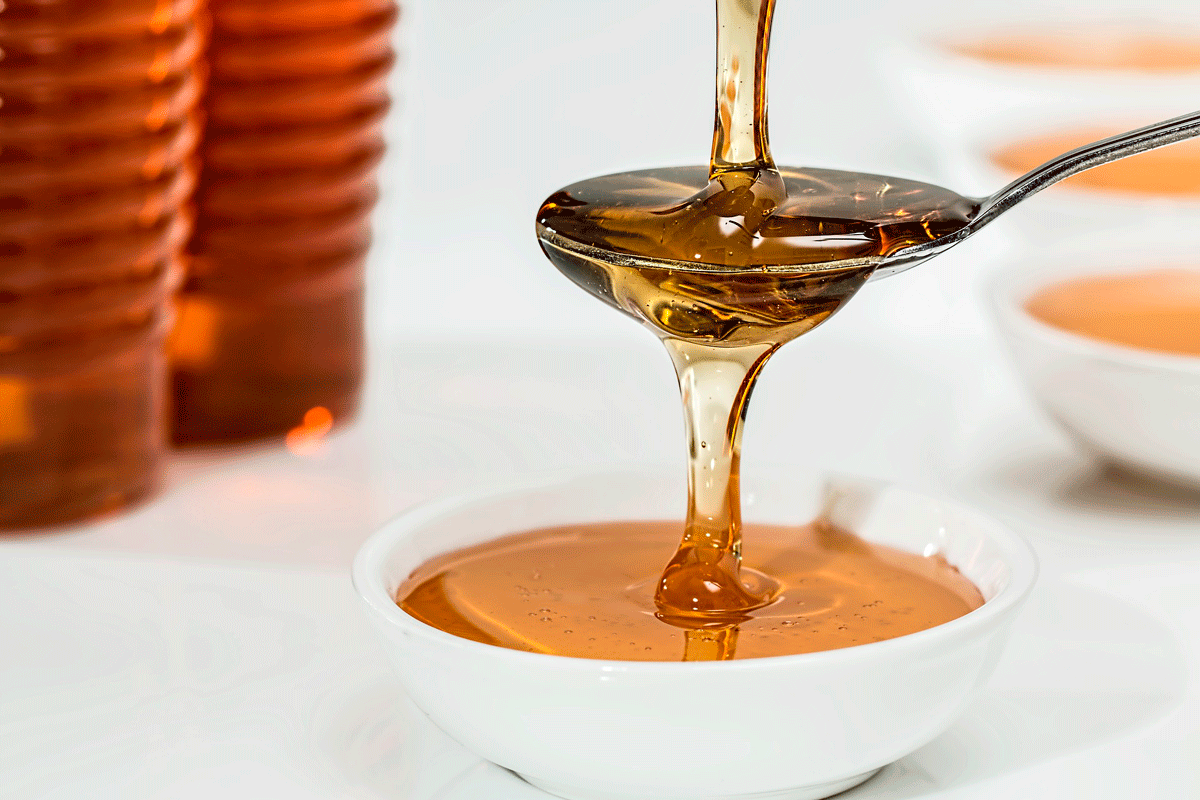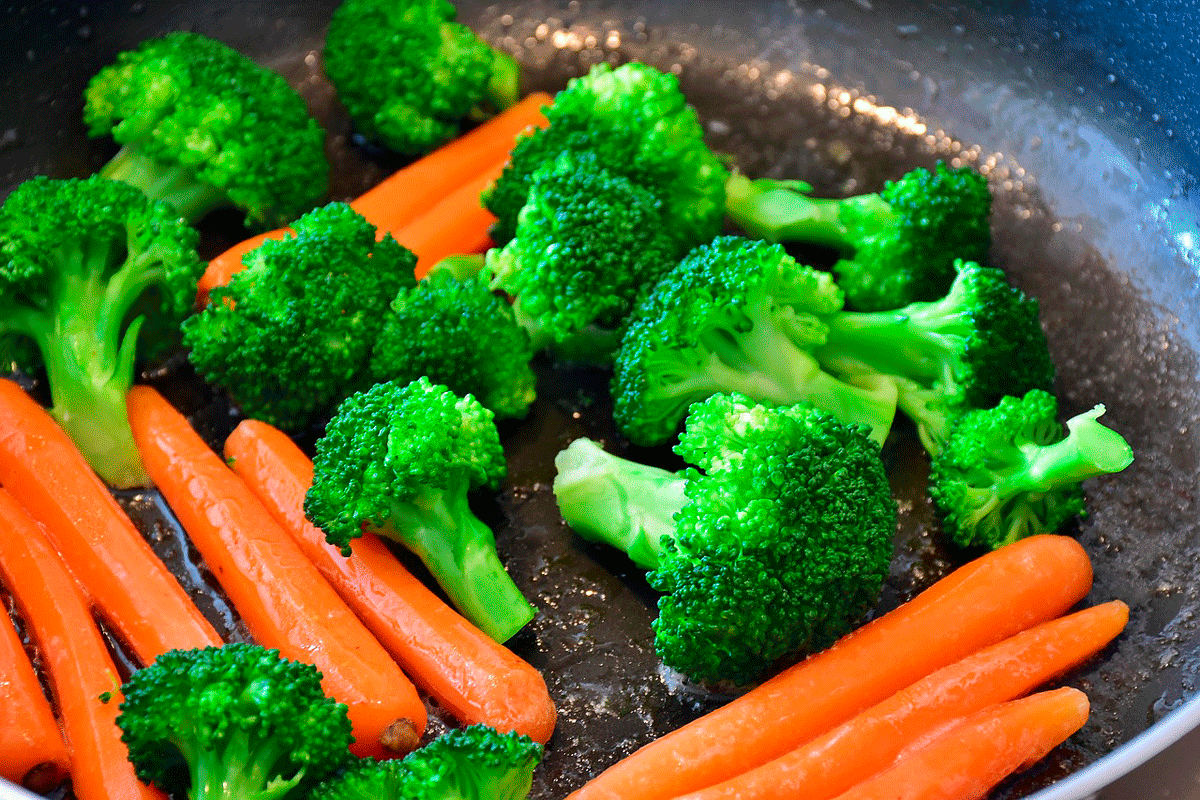NECTAR FROM GODS
HONEY FROM MONCAYO

"The life not is honey on flakes, but has honey and has flakes."
Domenico Cieri Estrada
Honey is a food used by the human being since its origins, there are numerous cave paintings that reflect this. In addition to biblical quotations, many other peoples such as the ancient Egyptians or the Greeks referred to honey as a sacred product, making it the main element of numerous religious rituals.
In Egyptian excavations more than 3,000 years old, samples of perfectly preserved honey were found in lightly covered jars. When the ancient Egyptians went on their expeditions, they preserved meat in barrels filled with honey.
In ancient Rome it was consumed on a regular basis, its qualities as food, medicine and use in beauty arts were highly appreciated. The bilbilitano Marco Valerio Marcial already said it in his work: "is it not happy... draining the blond honey of the red "Cardus" of mud? The so-called "honeymoon" has its origin in the Roman custom that the bride's mother left a jar of honey in the nuptial bedchamber every night for the newlyweds to "replenish their energy". Until the 16th century, when cane sugar appeared, it was the only known sweetener. It has been part of the Mediterranean diet from the time of the Egyptians to the present day.
Ambrosia of the gods, Moncayo honey
In the Iberian Peninsula honey has been known since Neolithic times. During the Iberian and Celtiberian period, ceramic hives have been identified as being used in a large area of the Levantine region. Honey was packaged in the well-known "Iberian kalathoii", very abundant in Aragonese archaeological sites. Honey is one of the most significant products of the Roman world, the classical quotations on Hispanic honey refer to the quality of the product and the wax as published by Miguel Beltrán, director of the Museum of Zaragoza.
Honey is a more or less dense substance that bees elaborate with the nectar of flowers, mixed with their own saliva, gastric juices, enzymes and resins. They make it in their hives and use it as a reserve food, keeping it protected with wax.
The honeys of Moncayo are the sweetest gift that the mountain gives us, it allows us to have within our reach a great variety of plants. And with them a diversity of honeys. The color and flavor that distinguishes the honey can vary from light yellow to reddish brown, this is due to the type of flower from which it was extracted.
-Flower honey is produced by bees from the nectar of flowers and can be of several types:
-Monofloral, obtained mostly from the nectar of a single species of flower such as rosemary, thyme, heather. Flower honey is transparent and solidifies over time, depending on its vegetable origin and the temperature of the environment. When, on the other hand, the bees drink the nectar of several different species of plants, the product obtained is called "multifloral flower honey" -thousand flowers-, it is the honey of the mountains, the mountains and the desert. Its colors and aromas are as different as the landscapes they come from.
honeydew honey is produced by bees from the sweet secretions of aphids such as aphids, mealybugs and other sap-sucking insects, usually from pines, firs, oaks, cork oaks and other arboreal plants. This type of honey is usually less sweet, very dark in color, solidifies with difficulty, and not infrequently exhibits a spicy and resinous odor and flavor.
forest honey harvested in autumn gathers all the blooms that bees visit since mid-summer. In the Moncayo it contains, together with variable quantities of oak and holm oak honeydew, an endless number of different nectars, among which Calluna, or Biercol, stands out. The Moncaíno anthropologist Vicente Chueca tells us that "years ago people used to pay the same for a lamb as for a honeycomb of bees, such was the importance of honey. The bees fulfilled their function by storing the honey in cells to prevent it from fermenting, flapping their wings around it to evaporate the excess water, and then sealing it all with wax". Later, the beekeeper smoked the boxes or honeycombs to obtain the sweet fruit. The "bejeras," as the facilities in which the honey was made are known, are buildings with an open and covered area. The latter has a perforated wall so that the "cups and swarms" made of wicker and güeñas can be installed. In these buildings from another time, the bees traditionally lived.
Healthy energy honey is not only rich in carbohydrates that give us energy, it also contains, in small quantities, calcium, essential for growth, magnesium and vitamin C, flavonoids, enzymatic substances and an endless number of volatile components, all of which are responsible for the healthy characteristics of honey. It prevents digestive problems, relaxes the nerves, cures infections and helps with inflammations. Honey is a syrup widely used in natural medicine. Thyme honey is good for the respiratory system, rosemary honey for the digestive system, holm oak honey for anemia, and honey of a thousand flowers, healing and anti-inflammatory. Diversity in colors and flavors. It is the memory of the mountain.
Beekeeping is a living craft. The use of the resources of this mountain has a very long tradition, as attested by the numerous quotations in the work "Perfecta y cvriosa declaración de los provechos grandes qve dan las colmenas bien administradas; y alabanças de las Abejas", printed in Zaragoza, in 1621 by Jaime Gil, a native of Magallón together with Lucio Moderato Columela, Abu Zacaría, Alonso de Herrera and Méndez de Torres.
The Labrador Museum, in Lituénigo, has a space dedicated to showing the history of this trade. In addition, there are routes that take us to the beekeepers. Añón is another of those key places that, together with Ambel, Fuendejalón, Tabuenca, Talamantes, Beratón, Purujosa and Calcena, keep the best secret of Moncayo: quality, natural and healthy gastronomic products.
The peculiarities of the care of the bees, that allow to make it compatible with the exercise of other activities of the rural environment, and the intrinsic characteristics of the final product, contribute to maintain the human presence and sustain a small industry and commercial activity intimately linked to our towns. In this way, at present it is impossible to find in the environment of the Moncayo, a single village where there is not a beekeeper who provides us this delicious delicacy directly in his exploitation.
Also the agro-alimentary industry dedicated to the packaging of the honey counts in our territory, with a significant representation, of the hand of Apiambel, and Apícola del Moncayo. The latter, located in Fuendejalón, is practically the first company in Aragón, in the trade of packaged honey, and offers in its wide range of honeys, varieties of those harvested in Moncayo together with honeys from other regions. Apiambel, a small family company, specializes in honeys of local origin.
We must thank Alfredo Sanz of Agrupación Apícola ARNA for his dedication and passion in the defense and promotion of honey from Moncayo and all of Aragón. He was a pioneer in the region and has spent years dedicated to the promotion and improvement of honey, but also to take care of its production and preserve it, respecting and improving the tradition in the lands of Moncayo, a commendable work, worthy of highlighting and thanking.
Nowadays, honey is still fundamental in our diet and in our palate. When we open a jar of honey, the Moncayo with its aromas, people and flavors unfolds, bright and golden, before us.
Gastronomically, it is not only an important ingredient in confectionery; honey has been incorporated into gastronomic innovation through sauces, in different dishes and salads, which seek to surprise the diner with mixtures of different flavors.
We are grateful to Alfredo Sanz for some of the information provided for the elaboration of these pages about the honey of the "Campo de Borja" and Tarazona and Moncayo regions.
Apiambel
The company is located in Ambel de Moncayo (Zaragoza) and has been producing rosemary, thyme and holm oak honeys for more than six years. The production depends mainly on the weather, as it is exclusively mountain honey and within the natural park and surroundings of Moncayo (Ambel, Talamantes, Calcena, Beraton). It realizes the whole process from the upbringing of the bees, the extraction, bottling and commercialization up to the final consumer. The packaging is cold to maintain all the properties - aroma, flavor and color of this gastronomic delicacy offered by the bees of Moncayo.
Apícola del Moncayo
Product: Monofloral honey, rosemary, thyme, heather, eucalyptus, orange blossom, acacia. Uncle Juan Cruz's honey, Honey of Mielato del Bosque, Heather honey.
Honey of a lifetime. Forest honeydew honey, authentic nectar of the desert, transparent and crystalline. Heather honey with a rounded and sometimes bitter taste and a thick consistency, occasionally it may contain small pieces of wax. Our Mediterranean honeys, obtained by transporting the hives to the most excellent blooms and extracting the honey at its optimum moment, when the comb is sealed. It is not a homogeneous product; you will notice that it is different even within the same type, because the climatic conditions and the state of the blooms change from one year to another.
Also, monofloral honeys may contain the nectar of other plant species that naturally share their habitat. Therefore, each honey is different and we offer it as it is, so that you can relive at home the memory of the honey of your village, as when it was acquired directly from the beekeeper's house.


 Español
Español English
English